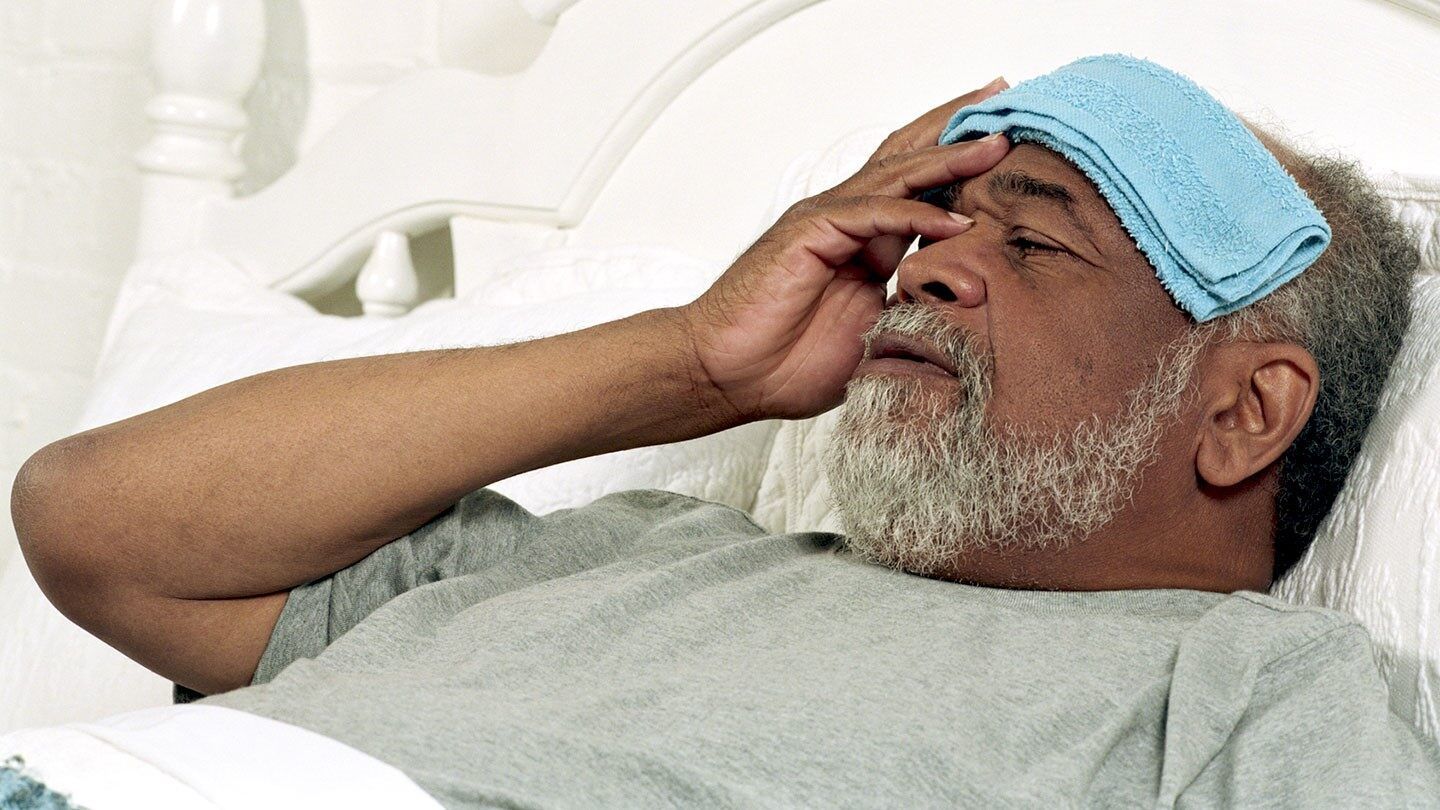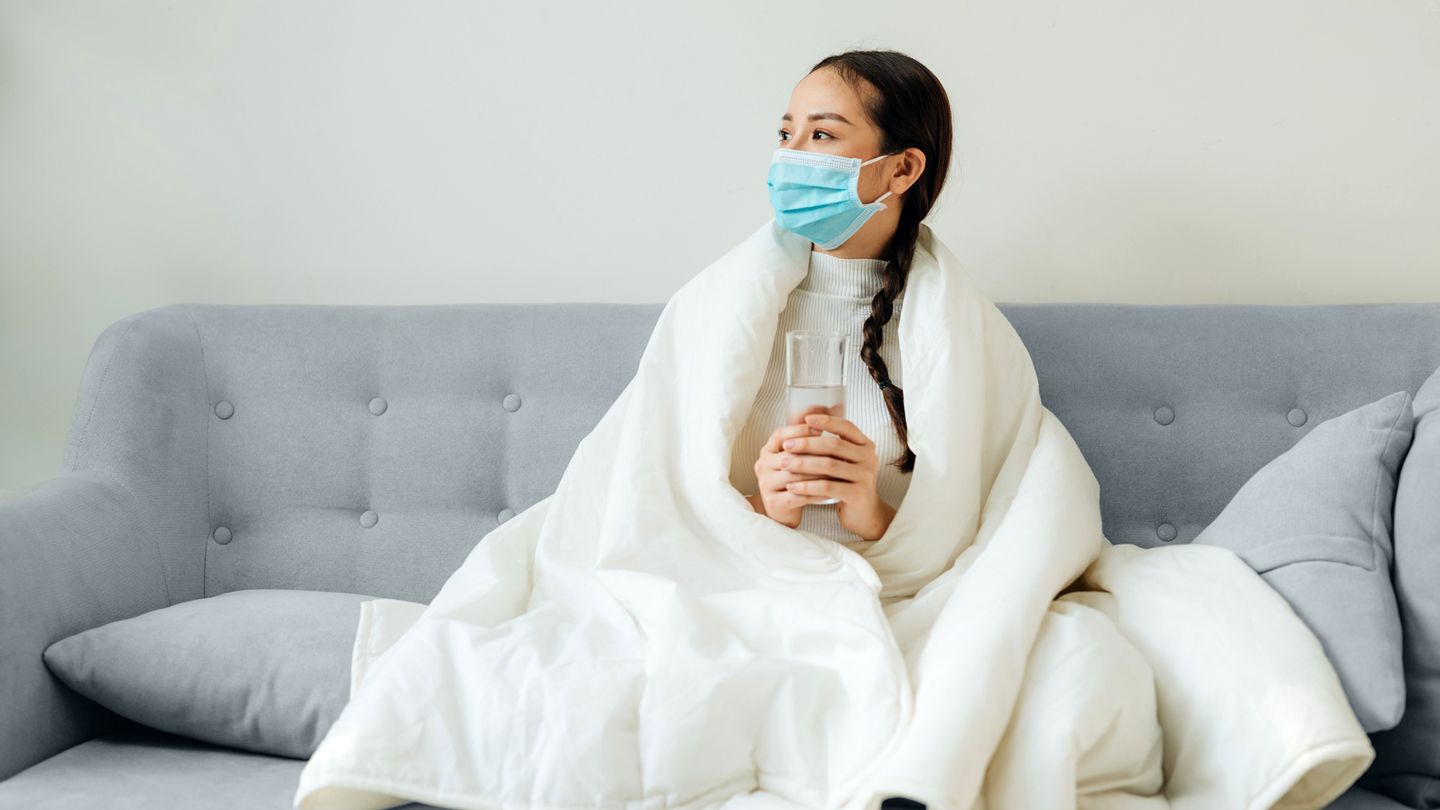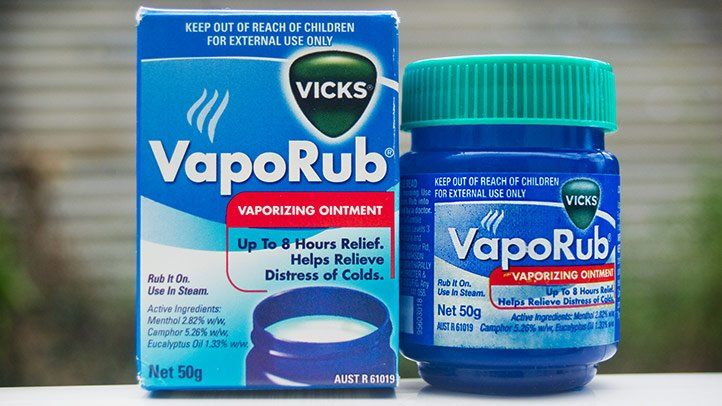Using Onions on Your Feet: A Unique Home Remedy
Onions have been used for centuries as a versatile vegetable, a flavorful cooking ingredient, and even as a home remedy. One unique way onions can be used is by placing them on your feet. This may sound strange, but it's an old folk remedy that some people swear by.
Putting onions on your feet is said to help reduce inflammation, draw out toxins, improve circulation, and even provide relief from the common cold or flu. While there's limited scientific evidence to support these claims, it's a safe, easy remedy to try with little risk involved.
Potential Benefits of Using Onions on Your Feet
Here are some of the touted benefits of using onions on your feet:
- May reduce inflammation and swelling
- Could help draw out toxins from the body
- May boost circulation in the feet and legs
- Can provide relief from fever, colds, and flu
- Easy and inexpensive remedy to try at home
Onions contain compounds like quercetin and organosulfur that have anti-inflammatory and antioxidant effects in the body. When placed on the feet, these compounds may be absorbed through the skin to provide localized benefits.
How to Use Onions for Foot Relief
Using onions on your feet is easy to do at home with minimal preparation:
- Peel 1-2 onions
- Slice the onion into rounds, about 1/4 to 1/2 inch thick
- Place the onion slices in a towel or cloth
- Put your feet in the towel and wrap the onion poultice around them
- Leave the onions on for 30-60 minutes
- Discard the onions after use
For best results, use white or yellow onions. You can reuse the same onion poultice 2-3 times before discarding. Keep the onions wrapped tightly around your feet while they are on.
Tips for Using Onions on Feet
Follow these tips for the best experience using onions on your feet:
- Do a patch test first to check for any skin irritation
- Avoid placing onions directly on broken or damaged skin
- Use caution with onions if you have sensitive skin
- Consider wearing socks over the onions to hold them in place
- Use fresh onions each time rather than storing a used poultice
- Rinse feet after use to remove onion odor
Onions can be strong and may cause burns or irritation, especially if left on too long. Start with 15-30 minutes your first try to see how your skin reacts.
When to Avoid Onions on Feet
Certain individuals should use caution or avoid using onions on their feet:
- People with cuts, broken skin, or open wounds on their feet
- Those with sensitive skin or onion/food allergies
- People with diabetes or poor circulation
- Pregnant women
- Young children
The irritating compounds in onions can be quickly absorbed through damaged skin. Use care and monitor for any burning, stinging, or adverse reactions.
Other Remedies for Foot Relief
While onions may help some people, they aren't proven to be effective. Here are some other home remedies to consider for foot relief and health:
- Epsom salt foot soak - Soothes sore, achy feet and reduces inflammation
- Essential oils - Oils like peppermint, eucalyptus and tea tree improve foot circulation
- Foot massage - Helps relax muscles, stimulates circulation and drainage
- Stay hydrated - Drinking water improves overall health and foot function
- Comfortable shoes - Reduce foot pain and swelling by wearing proper fitted shoes
Pamper your feet daily with rest, gentle stretching exercises, foot soaks, massages, and moisture to keep them healthy and happy.
When to See a Doctor About Foot Problems
While home remedies can provide relief for minor foot issues, it's important to see a doctor for any serious or ongoing problems. Seek medical care if you experience:
- Persistent pain, swelling, redness, or inflammation in the feet
- Numbness, burning, or tingling in the feet
- Blisters, sores, or ulcers that won't heal
- Bunions, corns, or calluses that interfere with daily activities
- Signs of infection like fever, red streaks, increased pain/swelling
Foot health issues like arthritis, tendonitis, nail fungus, plantar fasciitis, and bone spurs often require diagnosis and treatment from a podiatrist. Diabetics should take extra care to monitor their feet for any problems or changes.
When to Seek Emergency Foot Care
Some foot problems require urgent medical care. Go to an emergency room or call 9-1-1 if you have:
- Uncontrolled bleeding from the feet
- Sudden, severe injury like an ankle fracture
- Very severe pain that comes on suddenly
- Extreme swelling or inflammation
- Purple or black discoloration of the feet
- Loss of feeling or function in the feet
These can be signs of a serious foot fracture, sprain, infection, poor circulation, or other issue needing immediate treatment.
Tips for Finding a Podiatrist
Here are some tips for finding a qualified podiatrist to treat any persistent foot problems:
- Get referrals from your primary doctor or friends/family
- Search online listings and check reviews
- Make sure they are board certified in podiatric medicine
- Ask about their experience treating your specific condition
- Check that they accept your health insurance
- Meet for a consultation to get a feel for their bedside manner
The right podiatrist for you will be experienced, trustworthy, and make you feel comfortable during treatment. Don't hesitate to get medical care to keep your feet healthy.
Caring for Your Feet
Your feet work hard carrying you around all day, so show them some TLC. Here are tips for keeping feet in top shape:
- Wash feet daily with mild soap and dry thoroughly
- Rotate shoes and allow them a day to air out
- Moisturize feet after bathing while skin is damp
- Avoid walking barefoot to protect from injury
- Trim toenails straight across to prevent ingrown nails
- Wear clean socks that wick moisture and fit well
- Don't ignore foot pain - get issues treated promptly
Poor foot hygiene can lead to problems like fungus, warts, and infections. Make proper foot care a priority for your overall health and comfort.
Choosing Proper Footwear
Well-fitted shoes are essential for healthy feet. Look for these features when shoe shopping:
- Room to wiggle toes - no pinch points
- Medium or wide widths for best fit
- Breathable, flexible materials
- Supportive heel counters and arch support
- Cushioned insole for shock absorption
- Low heels - around 1 inch or less
Have your feet professionally measured when buying new shoes. Replace shoes every 6-12 months or when they show significant wear. Rotate different pairs to allow them to fully dry between uses.
Proper Foot Hygiene
Practice these foot hygiene habits daily:
- Wash feet with antibacterial soap
- Dry feet thoroughly, even between the toes
- Apply foot powder to reduce moisture
- Use antifungal spray or powder if prone to athlete's foot
- Moisturize feet to prevent cracks and fissures
- Disinfect pedicure tools if doing your own nails
See a podiatrist promptly for any lingering foot fungal or bacterial infections. Untreated infections can worsen over time.
Warning Signs of Foot Problems
See a doctor if you notice any of these signs of foot issues:
- Persistent foot or heel pain
- Numbness, burning, or tingling
- Blisters, corns, calluses, or bunions
- Visible fungus, wart, ulcer, sore, or wound
- Red, hot, swollen feet or ankles
- Bleeding, oozing, or foul-smelling discharge
- Limping, difficulty walking or bearing weight
Don't ignore foot problems and hope they get better. Seek medical advice to diagnose the issue and get proper treatment.
Relieving Tired, Aching Feet
Sore, tired feet are common after a long day. Try these remedies to soothe aching feet:
- Soak feet in warm epsom salt water
- Use peppermint foot spray or balm
- Try an electric foot massager
- Roll a tennis ball underfoot
- Elevate feet above heart level
- Apply an ice pack to reduce inflammation
- Do gentle foot stretches and exercises
- Wear supportive shoes and orthotics
Also make sure to get enough calcium, potassium, magnesium, and vitamin D to prevent muscle cramps. Drink plenty of water as well.
Self-Care Tips for Tired Feet
Make these lifestyle changes to prevent fatigued, aching feet:
- Soak feet after work and before bed
- Stretch and massage feet daily
- Wear supportive shoes with arch support
- Limit time standing or walking in heels
- Exercise lower legs and feet to build muscle
- Elevate legs while sitting to improve circulation
- Lose excess weight to reduce strain on feet
Pay attention to any sore foot spots and use padding or bandages as needed to prevent blisters. Letting your feet rest goes a long way!
When to See a Doctor for Foot Pain
Visit a podiatrist if you have persistent foot pain that:
- Lasts more than 1-2 weeks
- Doesn't improve with over-the-counter medication
- Worsens at night or when resting
- Causes difficulty walking or standing
- Is accompanied by swelling, bruising, or deformity
- Feels like a stabbing, shooting, or burning sensation
Severe or ongoing foot pain can be a sign of underlying conditions needing medical treatment. Don't delay seeking help to get relief.
When to See a Podiatrist
Podiatrists specialize in treating conditions related to the feet and ankles. See a podiatrist for:
- Bunions, corns, or calluses causing discomfort
- Ingrown or fungal toenails
- Plantar fasciitis heel pain
- Flat feet, high arches, or other foot deformities
- Custom orthotics to improve gait and alignment
- Diabetic foot care and wound treatment
- Sports-related foot or ankle injuries
- Surgery for bunion removal, hammertoes, etc.
Podiatrists can provide both non-surgical treatments as well as surgical options for foot problems as needed.
What to Expect at Your First Podiatry Visit
At your initial podiatry appointment, the podiatrist will likely:
- Discuss your medical history and specific foot symptoms
- Check your feet for alignment, swelling, circulation, sensation
- Have you walk across room to evaluate your gait
- Inspect nails, corns, calluses etc. up close
- Order x-rays or other imaging tests if needed
- Provide a diagnosis and treatment recommendations
- Answer any questions you have about your foot condition
The goal is to fully evaluate your feet to determine the underlying cause and best treatment options.
Podiatry Treatment Options
Podiatrists offer both conservative and surgical treatments. Non-surgical options may include:
- Custom orthotics and shoe inserts
- Bracing or taping for support
- Physical therapy exercises
- Medications, injections, or ultrasound therapy
- Wound care and treatment of infections
- Corn, callus, and ingrown nail removal
For severe foot problems, they may recommend corrective surgeries such as bunion removal, hammertoe surgery, Achilles tendon repair, and joint arthroplasty.
Foot Health Tips for Diabetics
Foot problems are a common complication of diabetes. Here are proactive foot care tips for diabetics:
- Inspect feet daily for any cuts, sores, or blisters
- Wash feet in warm, not hot, water
- Use moisturizer to prevent cracking - avoid between the toes
- Wear socks at night if feet get cold
- Shake out shoes before wearing to check for objects
- Never walk barefoot, even indoors
- Cut nails carefully and straight across
- Get periodic podiatric medical check-ups
Left untreated, foot ulcers and infections can lead to serious consequences like amputation. Be vigilant about foot health.
Preventing Foot Ulcers
Foot ulcers are a leading cause of hospitalization for diabetics. Prevent them by:
- Checking feet daily for red spots, calluses, or blisters
- Not ignoring foot pain or discomfort
- Going barefoot as little as possible
- Wearing proper fitted shoes with clean socks
- Using moisturizer on dry areas - avoid between toes
- Trimming toenails carefully straight across
Get urgent medical care for any ulcer or wound not healing. Catching and treating foot ulcers promptly can prevent serious complications.
Managing Diabetic Nerve Pain
Nerve damage in
Disclaimer: This article is for informational purposes only and does not constitute medical advice. Always consult with a healthcare professional before starting any new treatment regimen.
Related Coverage
Mucinex and Benadryl can generally be used together for colds but may cause increased drowsiness. Natural remedies like fluids and steam may also provide relief....
Sinus congestion is uncomfortable, but you can use natural remedies like steam, saltwater rinses, spicy foods and supplements for relief without medications....
Learn about the common causes of morning nasal congestion and stuffy noses along with 17 natural remedies and medical treatment options for relief....
Ibuprofen and Mucinex attack different cold symptoms without interacting. Learn how pairing these over-the-counter medications provides comprehensive relief....
Hemorrhoids themselves are not contagious and cannot spread from person to person. However, bacteria that worsen hemorrhoid inflammation and discomfort can transmit through poor hygiene....
Learn how over-the-counter medications like Advil and Nyquil work to relieve common cold symptoms. Discover key differences between these options to help treat sore throats, congestion, coughs, and more....
While some add Vicks VapoRub to bathwater for congestion relief, this practice raises significant safety concerns due to the vapors released containing camphor....
Find Rapivab dosage for adults, children, and renal patients, with prep steps, safety tips, and quick infusion guidance....
Onions and honey each offer unique healing and nutritional benefits from colds to wounds and heart health. Learn how this powerful pair can boost your overall wellbeing....
Learn the correct pronunciation of mucus (myoo-kuh s) and discover what causes excess mucus production, key symptoms, and possible treatment options....









